Innovative Technology Stories
To learn more about our innovative use of technology, click one of the stories below or download a PDF of the full document pdf icon[PDF – 7 pages].

Healthcare-associated infections cause nearly 700,000 illnesses in the United States every year. But when an outbreak occurs, zeroing in on the source of an infection in a hospital can be difficult and time-consuming. To simplify source identification, CDC is testing whether nanoparticles can be used to draw out disease-causing germs from environmental sampling swabs taken around a hospital.
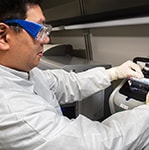
In the event of a bioterror attack in the United States, accurate and rapid identification of disease-causing agents prevents illness and saves lives. Thanks to a collaboration between CDC and the Department of Defense (DOD), 16 laboratories around the U.S. stand ready to identify biothreat agents close to home using a new laboratory diagnostic test. The labs are members of a larger partnership called the Laboratory Response Network (LRN), and each of the 16 labs provides regional coverage.

COVID-19 drove innovation across CDC and the rest of the scientific world; one such area has been wastewater testing, which can serve as a bellwether for communities in the COVID-19 pandemic. Samples taken from wastewater systems can contain genetic material from the SARS-CoV-2 virus in feces of infected people. CDC experts, working with academic researchers, wastewater utilities, and public health colleagues, found that tracking the amount of virus in wastewater systems can provide early detection and reliable trends of community-level COVID-19 cases.
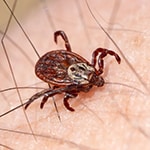
With symptoms to rival Ebola, Crimean-Congo Hemorrhagic Fever (CCHF) is often as deadly. NCEZID scientists are in the experimental stages of developing the first vaccine against CCFH with promising initial results. A successful vaccine would help effectively fight CCHF, which currently infects people from Eastern Europe to Central Asia and Africa. NCEZID’s team made the vaccine by genetically engineering a fake, non-infectious version of the CCHF virus to train the immune system to fight the real virus. A single dose of the vaccine has proven 100% effective in protecting mice engineered to be susceptible to CCHF.

“Brittle and siloed” is how NCEZID once described the nation’s public health data systems. Health departments and parts of CDC used different data systems and differing approaches to handling data. Many were out of date. CDC’s Data Modernization Initiative (DMI) works to unify and advance data systems at CDC and in the nation’s health departments, and when COVID-19 struck, the Coronavirus Aid, Relief, and Economic Security (CARES) Act awarded $500 million to CDC for DMI. The support has brought CDC much closer to our goal.

If bacteria in something you ate made you sick, you probably got over it within a week. Had your immune system been weaker, you may have needed antibiotics. If you did, the antibiotics might not have worked. That’s because some enteric, or intestinal, bacteria, such as Salmonella, have become resistant to antibiotics. Tracking the growing health threat caused by antibiotic resistant bacteria is an urgent need to protect people’s health.
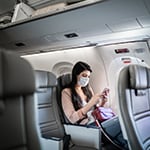
You step off a plane into an airport terminal, and a text message buzzes your smartphone. It’s a CDC Travel Health Alert Notice (T-HAN) informing you about a new faster-spreading variant of COVID-19 in the country you just visited. The T-HAN recommends that you monitor yourself for symptoms and gives you recommendations on how to protect yourself and others.
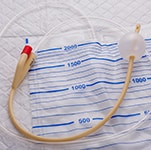
Urinary tract infections (UTI) are the most common type of healthcare-associated infection reported to CDC, and some bacteria that cause UTIs can be resistant to the antibiotics that treat them. In the United States, urinary catheters cause roughly 75% of UTIs, and biofilms – complex communities of microorganisms that irreversibly attach to a surface – are often the cause.
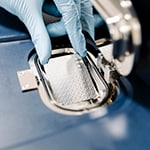
NCEZID scientists have discovered two tickborne bacteria not previously known to cause illness in people. The team used an advanced genomic sequencing technology called 16S metagenomics that can precisely identify bacterial genes in clinical samples, like blood. Analyzing them with standard technology is more painstaking and less productive.

Rabies kills 59,000 people each year globally, and in some countries, the danger of infection is widespread. To streamline these countries’ efforts to stop the disease’s spread, NCEZID created a free app and data system and offers free training on how to use them.